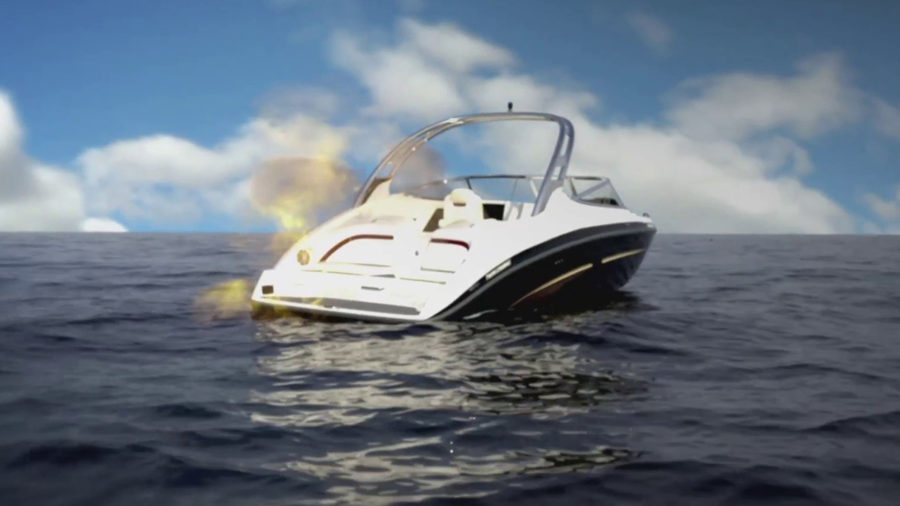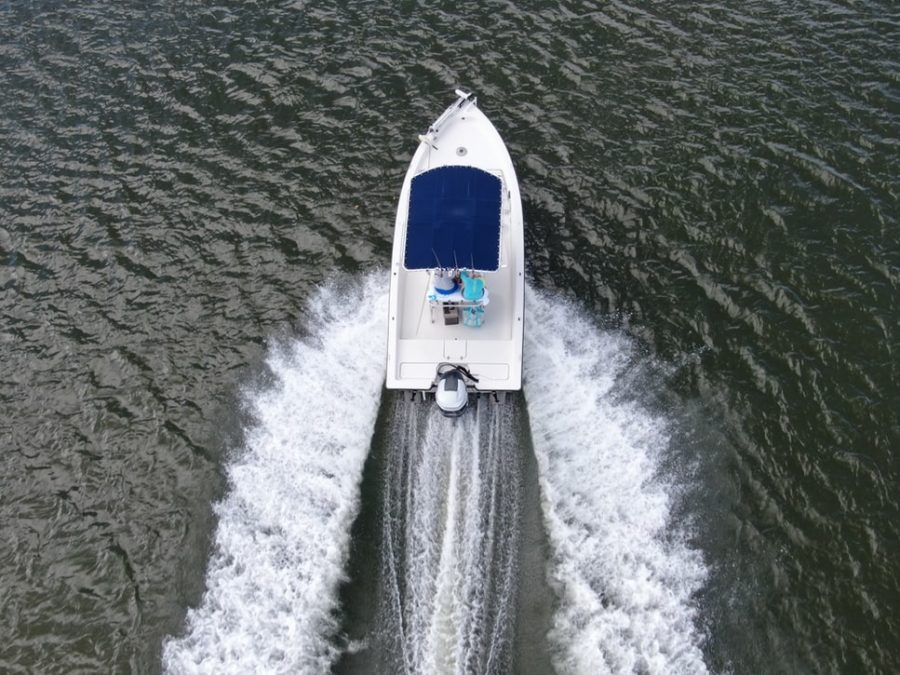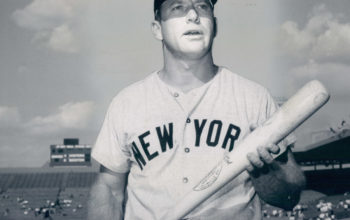Ally Sidloski, 21, died after a day of boating on a lake in Ohio.
Here’s how that can happen–
The following written content by Korin Miller

The parents of a 21-year-old woman are speaking out after their daughter died following carbon monoxide poisoning on a boating trip. Ally Sidloski died in May after a day of boating on a lake in Ohio. Bystanders say she took a swim during her trip and never came back up.
The coroner ruled that Sidloski’s cause of death was drowning with a contributing cause of carbon monoxide intoxication, which her parents told Today, confused them. “Ally knew how to swim. It didn’t make sense,” her mom Tracie Sidloski, said.
Friends who were with Ally when she died said that she was sitting in the back of the boat on the swimming deck. And, while there were seats, cushions, and cup holders back there, the boat manufacturer, Yamaha, says that spot is not technically a designated sitting area. (According to the Yamaha owner’s manual, “passengers must always sit in a designated seating area,” highlighting the areas deemed to be safe. The manual adds that boaters should “stay away from the swim platform area while the engines are running. Exhaust gases coming from underneath it contain carbon monoxide.”)
“We can’t bring our daughter back. But if we can try to save other people from having to go through this, we want to do our best to do that,” Tracie said. “It is preventable.”
You’ve probably heard about carbon monoxide poisoning in indoor areas, like garages, but it turns out that this can happen in outdoor spaces as well. In fact, the U.S. Coast Guard and Centers for Disease Control and Prevention (CDC) both warn about this risk. Here’s what you need to know about carbon monoxide poisoning on boats.

What is carbon monoxide, again?
Just a quick refresher: Carbon monoxide (CO) is an odorless, colorless gas that can kill you. It’s found in fumes that are produced any time you burn fuel in cars or trucks, small engines, stoves, lanterns, grills, fireplaces, gas ranges, or furnaces, the CDC says. Carbon monoxide can build up and poison people and animals who breathe it in.
Why is carbon monoxide so deadly?
The biggest problem with carbon monoxide is that it interferes with your body’s ability to process oxygen, Eric Adkins, MD, an emergency medicine physician at The Ohio State University Wexner Medical Center, tells Health.
“Oxygen binds with your red blood cells—called hemoglobin—which is how those red blood cells are able to deliver oxygen to your tissues,” he explains. But “carbon monoxide actually displaces your oxygen from hemoglobin because it binds tighter,” Justin Johnson, MD, an emergency care physician at Mercy Medical Center in Baltimore, Md., tells Health.
That, Dr. Johnson explains, keeps your body from properly delivering oxygen to your body. “Your brain doesn’t function well without the oxygen it needs. You become confused and feel ill,” he says. In some cases, you can die from carbon monoxide poisoning.
OK, so how can you get carbon monoxide poisoning on a boat?
There are a few different ways this can happen, per the CDC. Larger boats can have generators that vent toward the back of the boat, causing a risk of carbon monoxide build-up that can poison people on the rear swim deck. Carbon monoxide that builds up in the air space between the stern deck (back of the boat) or near the swim deck can kill someone in seconds, the CDC says. Read more from Health.





